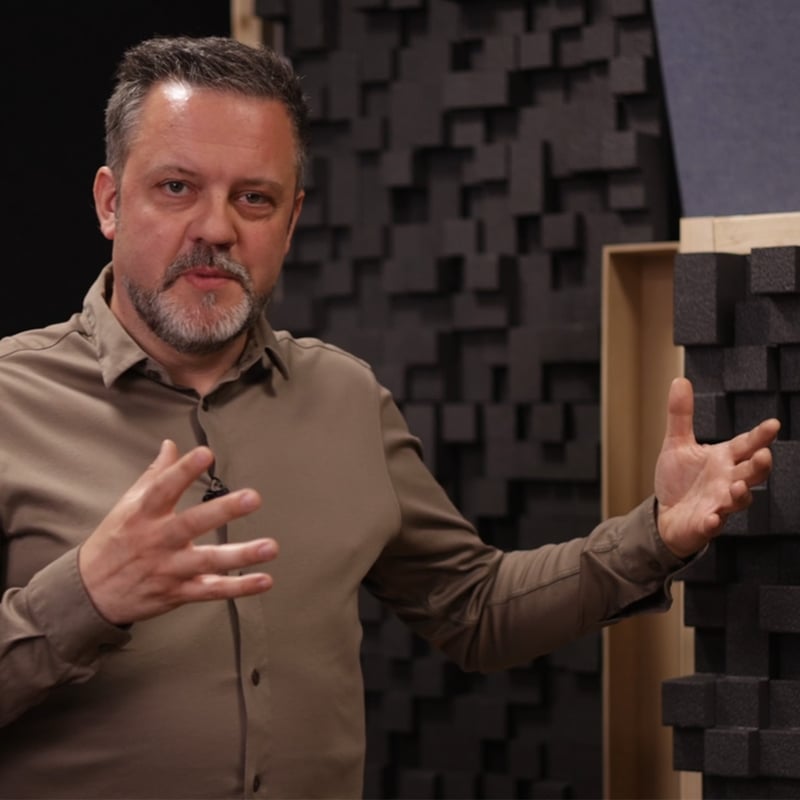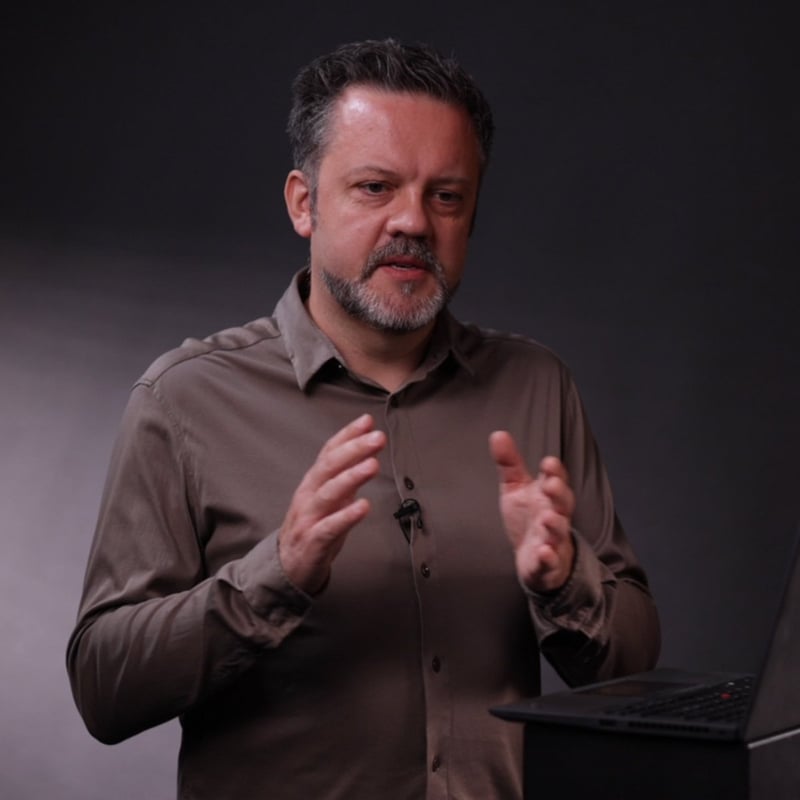Holger Schulze is sitting at the window with a book. While reading, he focuses on the sound environment and, looking up, says, “there are five loud sound sources here. The music, the woman who is currently Skype-ing, the man with the husky voice having a conversation, the kitchen clatter and people paying.” Pointing out that there are, in fact, two couples talking a bit more quietly and some are sitting wearing headphones, Schulze calls them “wellsprings of silence.”
Listening, he describes, is a process in which people intensely focus on their surroundings and other people within it: “For the woman at the counter, the experience here is completely different. She listens to the music and sounds in this environment every day.” Focusing on the sounds around you sharpens your awareness about how other people perceive the world. It’s a location of self within the present. It’s a counter model against day-today sensory self-encapsulations – gazing at smartphones on the subway, people who dive into their own zones at cafés wearing headphones, looking at their laptops. And yet, sensory withdrawal from the environment can be an impactful, necessary experience.
“Concentrated listening is something immersive; it helps us to shut down. It is also like meditation in everyday life,” explains Schulze. “Part of my job has to do with recreation and enjoyment and that’s great.” The private listener Holger can hardly be separated from the academic who researches sounds. True to the title of one of his recent books, he is The Sonic Persona.
Schulze is a Professor of Musicology at Copenhagen University. There are many names for what he does: sound anthropologist, sound researcher, cultural scientist. The father of three was born in Baden-Baden in southwest Germany. His mother escaped from a bomb-riddled Dresden after the Second World War. The French military had their headquarters in Baden-Baden and she worked there as a secretary. A French musician of the military orchestra caught her eye and, later, along came Holger. He fondly recalls long dinners with French family friends: “From six in the evening until late into the night we sat around the table and the intellectual but playful exchange definitely left its mark on me.”
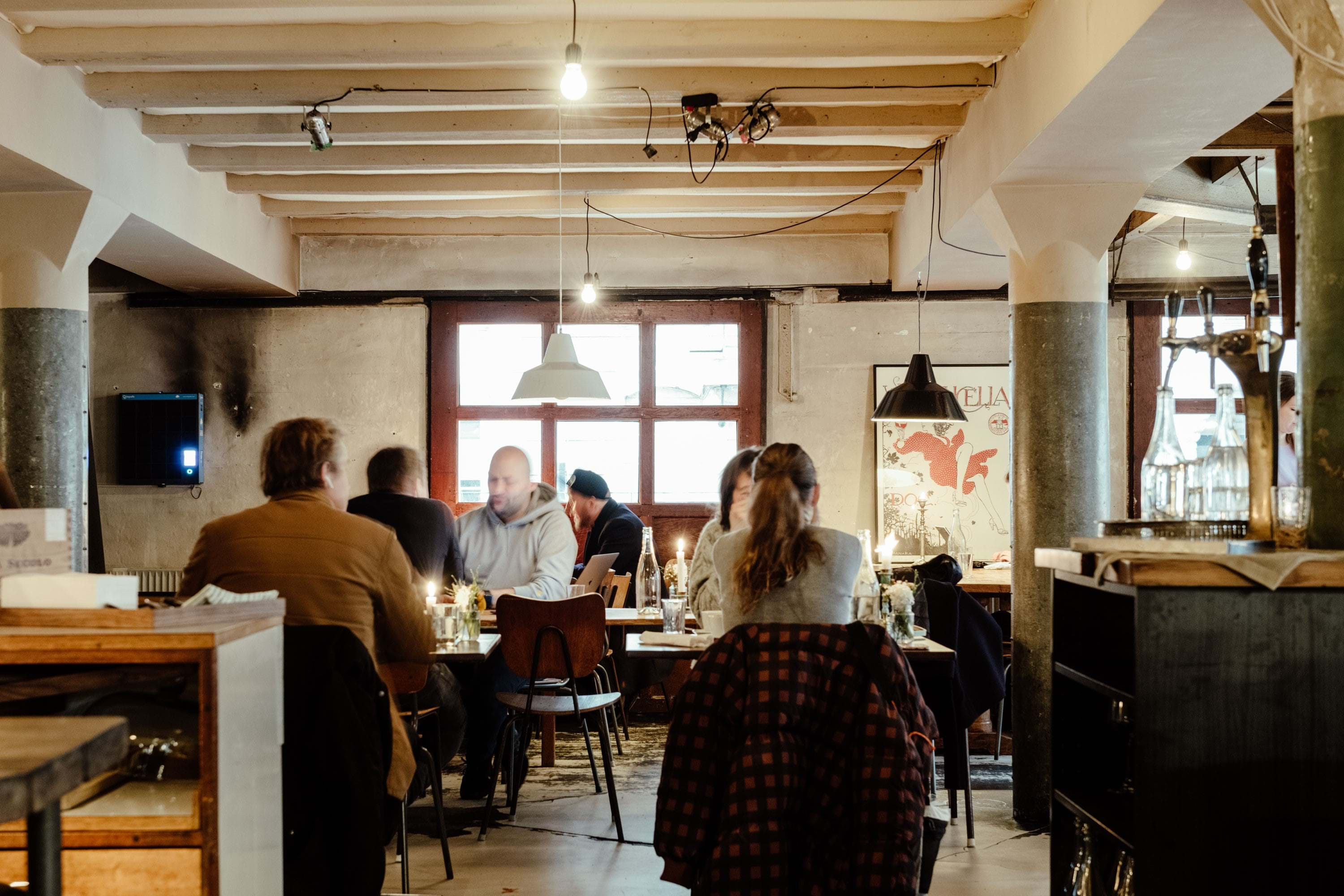
Shaped by sound
In Baden-Baden, a young Schulze found access to sound, in the form of music: “As a student, I could attend free concerts, of Neue Musik, for example. The regional broadcasting centre made that possible,” he recalls. As a teenager in the early 1980s, he became fascinated by music that utilised samples. In 1984, it was the theme music of the Los Angeles Olympic Games that stuck with him: People are People, by Depeche Mode. From Baden-Baden, Schulze moved to Erlangen to study comparative literature, theatre, and media studies as well as philosophy. His PhD focused on aleatoricism – the incorporation of chance into the artistic process – which meant working with sound samples of William S. Burroughs and the sound art of John Cage.
“It’s the best practice or meditation to actually or figuratively close your eyes and focus on the soundtrack of the environment,” he says, literally closing his eyes while sitting at Il Buco. “That’s how I centre myself, find out what’s going on, and discover how pleasant or unpleasant it really is.” For Schulze, listening is an all-encompassing kinesthetic and multi-modal process: “We’ll remember the sounds in this place, the taste of the coffee, the pictures on the wall, the mood,” he says, wandering through the restaurant, looking for further sound traces.
Schulze trained his hearing in order to grasp the subtleties of sounds. He uses ‘ear-cleaning’ – a technique developed by Canadian sound researcher R. Murray Schafer. “When you focus on the sounds of the surrounding area, it deepens; you can hear into the distance and train your way of listening,” Schulze explains. The human hearing spectrum reaches up to 20,000Hz. Schulze recently had a hearing test done and his results were about 18,000 – unusually good for a 48-year-old. Thanks to the ear-cleaning, his hearing remains agile.
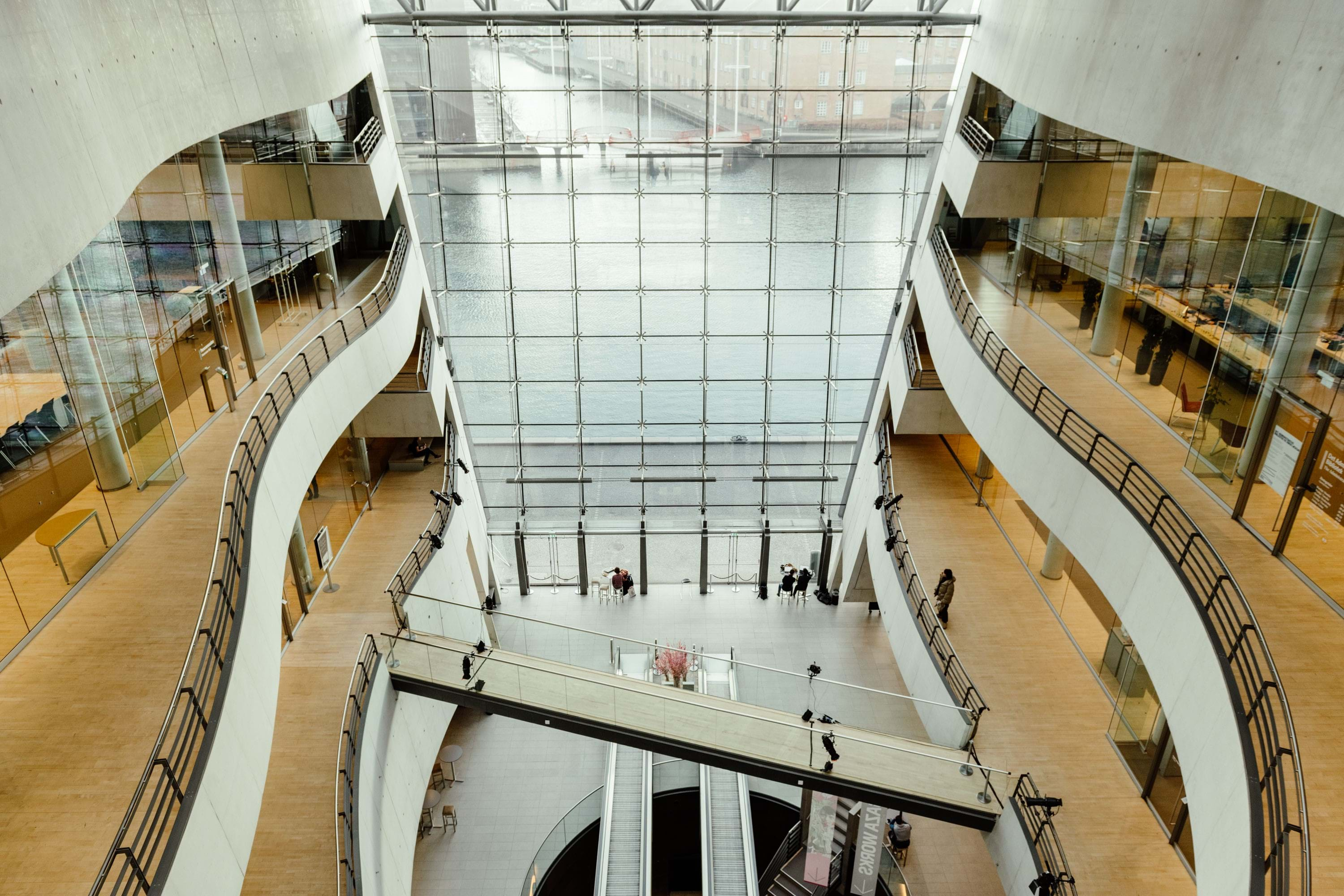
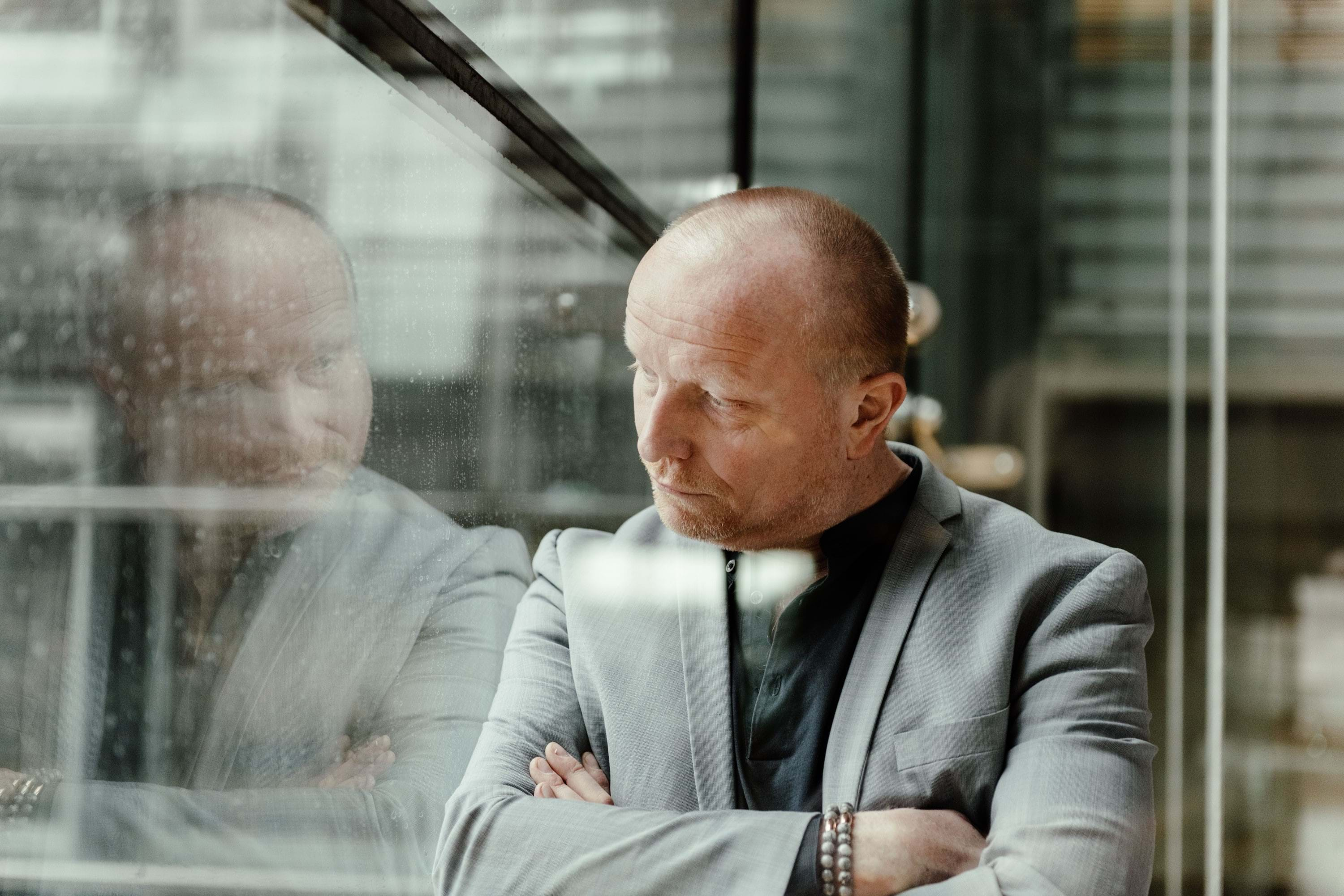
A not-so-quiet place
The open atrium of the Danish Royal Library stretches several floors up. An escalator runs through it, leading to a passage in the old part of the building. From bridges and galleries you can look down into the whole room. Steps are heard, conversations from the canteen spill into the scenery, blending with the hum of the escalator. “Listening is a lever to other senses and sound is a way to talk about culture,” says Schulze, explaining how he always focuses on technology first in such spaces, as contradictory symbols of our culture today.
“Lifts, poorly covered cables, computer screens, air conditioners. It could be an elevator. Often the shells of the equipment are sources of noise; in the case of the escalator it is the panelling,” describes Schulze. The sounds in the atrium seem insulated, soothing. “It’s because there are different surfaces where the sound can break,” he adds. “You almost feel secure.” Edges, niches, projections… the architecture varies and prevents the sound from bouncing off the smooth surfaces of concrete and glass.
It isn’t just buildings steeped in technology where sound researchers like Schulze find their subjects. They can be picked up in the streets, pretty much.
During so-called ‘soundwalks’, researchers and other interested participants look for new impressions. They delve into the environment, sonically. Hildegard Westerkamp, a colleague of R. Murray Schafer’s, came up with the concept of soundwalks and Schulze often comes back to this method for his research. One way of soundwalking is that a group will walk a determined route, nobody talks and everybody focuses on the sounds around them. Once in a while, the group stops and reflects upon what’s been heard.
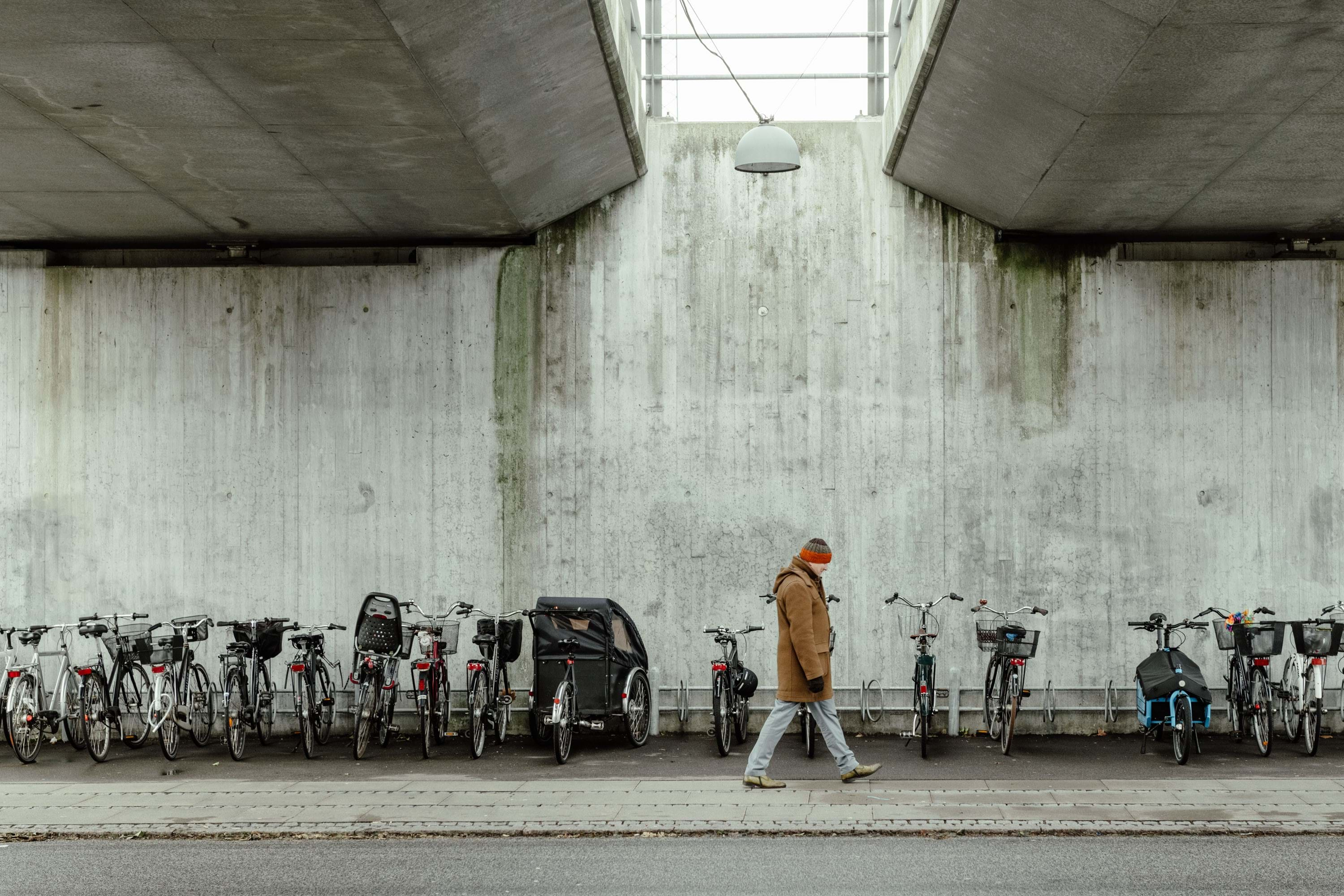
The sounds of a city
In front of the library, bicycles rattle past and Schulze starts walking, absorbing the surroundings. Bridges vibrate under the weight of trains and cars, the streets are wet and the sounds of traffic are masking the entire environment, Schulze notes. He stops at a junction and tries to locate the high-pitched tones of the beeping traffic lights. Once located, the tone appears to come from the other side of the street. “The sources of these sounds are really hard to find,” says Schulze, standing under a traffic light, listening.
The sounds of everyday life are not trivial – especially when one listens to them carefully, looks into them and tries to figure out where they come from. They determine a huge portion of human sensory experiences and can be poetic at times: “The sound of a song, bouncing off a room onto the balcony, even at a poor quality can be something very beautiful,” he ponders.
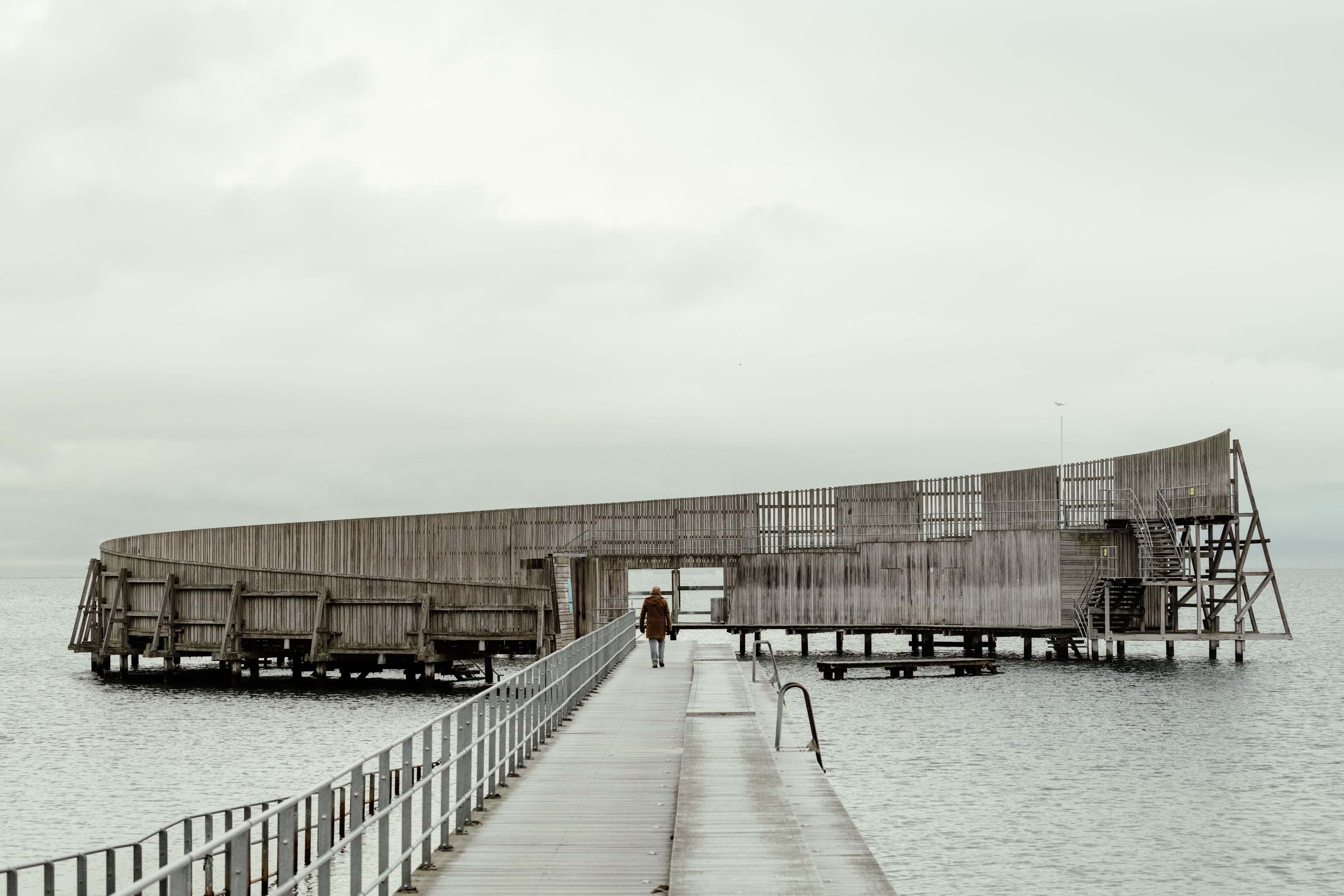
At Öresund, the stretch of water between Copenhagen and the Swedish city of Malmö, the waves roll calmly to the beach. A wooden deck leads out to an open, shell-like structure in the water, made of wood, called Kastrup Søbad. The water sloshes beneath the dock and on the beach people are running from the sauna into the sea. The water carries their voices and the wood throws them back inside the shell.
Schulze picked this public swimming pool once for a lecture, because of its tonal peculiarities. “This swimming pool works like a parabolic antenna, like an amplifier,” he explains. “You smell the water and the wood; you’re close to the elements in an almost enclosed space on the open water. That’s unusual for a lecture.” The wind turbines spin in the background, cars drive on the bridge and planes take off and land at the airport.
Listening, as Holger Schulze knows, is a holistic experience. Anyone who gets involved in it enters into intense sensory contact with their environment and always discovers something new. So, next time you nod at someone’s record collection and ask what they like to listen to, and they say, “Oh, everything really,” they could well mean that literally…
Text: Fabian Ebeling
Photography: Robert Rieger
Sign up to get more great articles
Nothing compares to the satisfaction of knowing – for a fact – that something is as good as it gets



